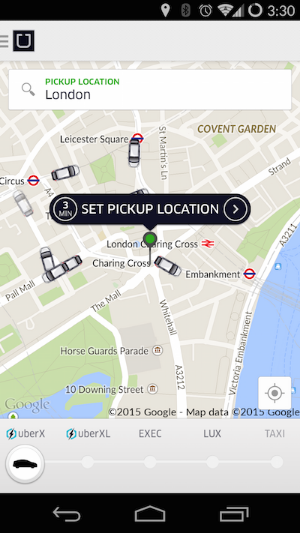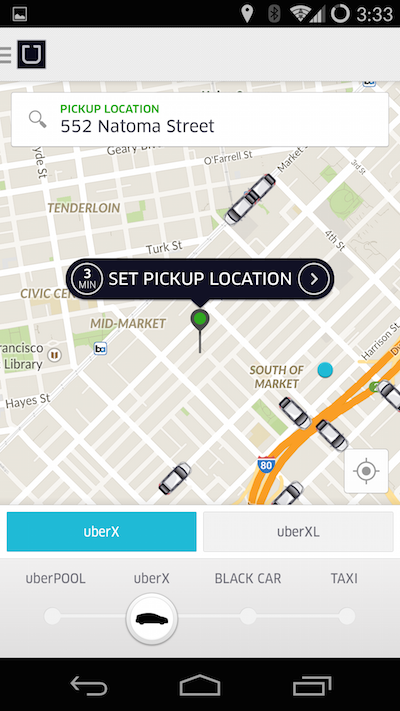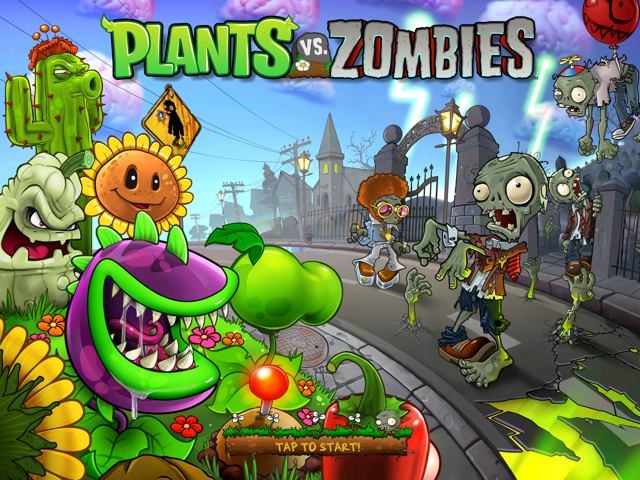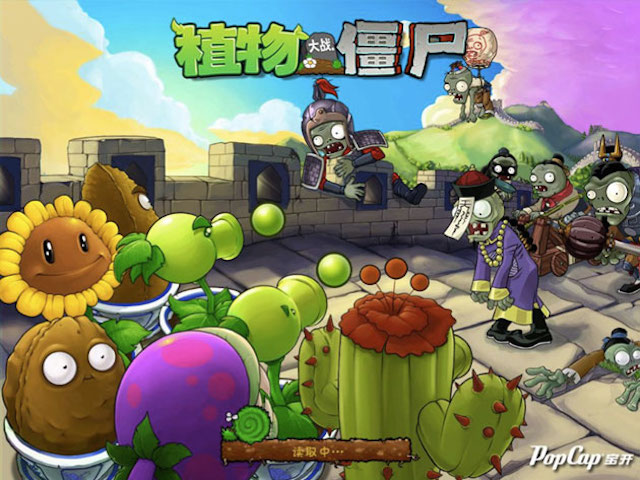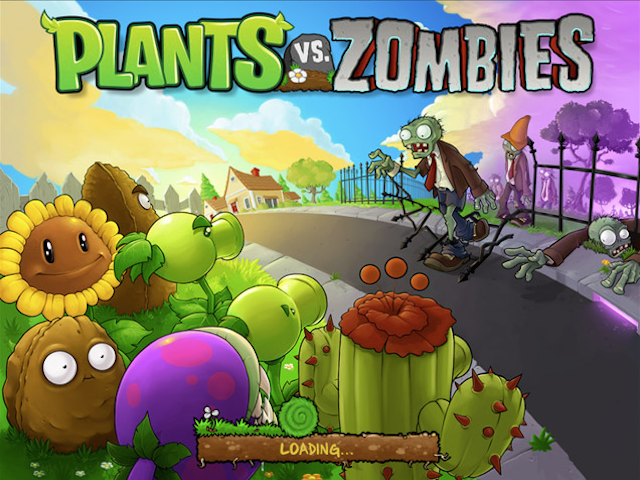Quick recap: to scale internationalization (i18n), you need strong tools and processes in place. These posts go through an overview of those tools and processes and how to approach them.
In the first post of this series, we went through pre-planning, i.e. figuring out what parts of the world suit your expansion efforts. In this post, we're going to cover content. In this context, I'm defining content as language, marketing, and design. Fundamentally, it's about how you communicate with people. In real life, communication is full of miscommunication and it's no different online. As George Bernard Shaw said,
"The single biggest problem in communication is the illusion that it has taken place."
Language translation is usually the first thing that people think of when it comes to i18n.
From a purely technical perspective, there are several things to keep in mind. You'll need to support multi-byte character sets, typically Asian languages. As you continue to add languages and dictionaries, your file size, binary size and loading time could also increase and lead to a bad user experience. Depending on whether or not you go there, you'll also need to support RTL script which might have a big impact on design and layout.
The quality of your translations is also critical. There are many hilarious examples of poor translations - see 1, 2, 3. However, regardless of the publicity, you probably don't want your company to show up on a list like this. As with many things, you get what you pay for. Google Translate and other free services are machine-generated and that's what often leads to the bad translation examples shown previously. To get the best translations today, you need people. Translators will charge you on a per-word basis - sample range is 15-25 cents/word. Generally, good Asian translators are much harder to find than good European translators. Getting good translations is time-consuming so plan well ahead of your product launch.
Of course, it's one thing to translate your content once but as your products keep changing, so do your translations. Building out a good process requires extensibility and a deep understanding of the tone and voice of the local market. How do you make sure that as you make changes, they automatically flow through to the translations? And if those changes flow through, how do you confirm that they are both true to the brand and reflective of the local market?
For example, in the US, many companies use first names in a business context but it's considered inappropriate and potentially rude to address people by first names in other parts of the world. When people can develop a personal connection with your products, it deepens user engagement and loyalty. To do so, every word of copy needs to be thought out carefully even if it's not a traditional translation, e.g. UK English v. US English. Idiomatic usage and slang can become especially problematic. For example, the distinction between pants and trousers may not matter in the US, but in the UK, pants typically refer to underpants. Small word, big difference. While you can build systems to automatically update site and app translations, building out a core marketing message is usually manual and needs to be worked into the product development process. So, as you build your marketing communications, whether blog post, email or social media, it helps to have a comprehensive view of how product and marketing work together.

